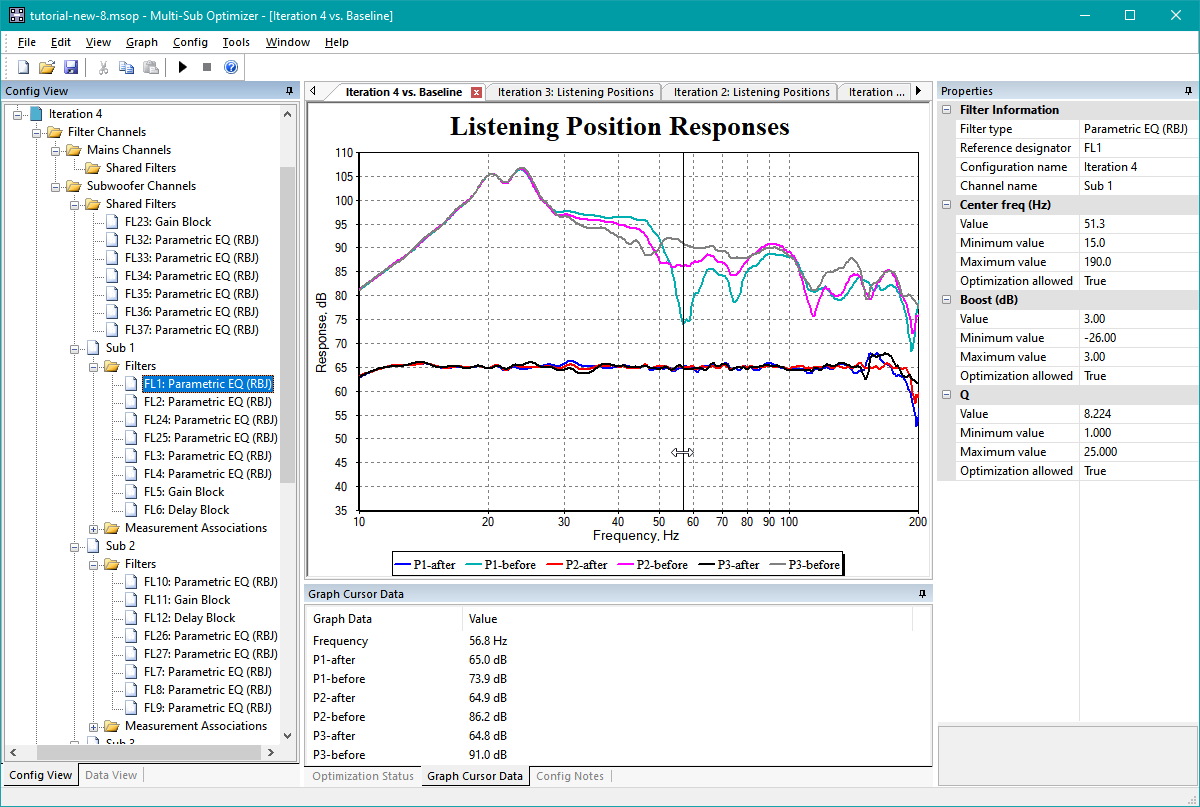Been giving this some thought....
Many lower end subs have a frequency range and loudness capability that very closely matches the bottom end of full range speakers.
If you have 2 full range front speakers (L & R) you therefore effectively have 2 subs
If you have additionally 2 full range surround speakers - you now have 4 subs... with a 7.x setup you would have 6 subs in the room
If your setup allows for full range speakers, are we better off seeking out full range, rather than taking the now "normal" aproach of a Sub / Satellite configuration?
My current speakers:
Anthony Gallo Reference 3.2 L / R
Anthony Gallo Reference AV C
Anthony Gallo Nucleus Micro surrounds/heights
Anthony Gallo TR1 10" Sub
Note: the TR1 was designed to match with Gallo satellites to make a full range music system, not so much for HT, it purportedly uses the same driver as used in the full range reference 3.2 and has the same low frequency -3db point (24Hz) - so one can argue, that this is not a SubWoofer per-se, but a seperate woofer.
This type of configuration and capability seems to be quite common (Kube 8b lower limit 34hz, Kube 10b lower limit 24Hz, Klipsch R100SW lower limit 32Hz, etc...)
Given the many advantages of a multi-woofer multi position configuration - and the benefits to bass SPL of having 4 or 6 woofers - should we be trying for full range speakers, rather than trying to integrate more subs?
Many lower end subs have a frequency range and loudness capability that very closely matches the bottom end of full range speakers.
If you have 2 full range front speakers (L & R) you therefore effectively have 2 subs
If you have additionally 2 full range surround speakers - you now have 4 subs... with a 7.x setup you would have 6 subs in the room
If your setup allows for full range speakers, are we better off seeking out full range, rather than taking the now "normal" aproach of a Sub / Satellite configuration?
My current speakers:
Anthony Gallo Reference 3.2 L / R
Anthony Gallo Reference AV C
Anthony Gallo Nucleus Micro surrounds/heights
Anthony Gallo TR1 10" Sub
Note: the TR1 was designed to match with Gallo satellites to make a full range music system, not so much for HT, it purportedly uses the same driver as used in the full range reference 3.2 and has the same low frequency -3db point (24Hz) - so one can argue, that this is not a SubWoofer per-se, but a seperate woofer.
This type of configuration and capability seems to be quite common (Kube 8b lower limit 34hz, Kube 10b lower limit 24Hz, Klipsch R100SW lower limit 32Hz, etc...)
Given the many advantages of a multi-woofer multi position configuration - and the benefits to bass SPL of having 4 or 6 woofers - should we be trying for full range speakers, rather than trying to integrate more subs?


